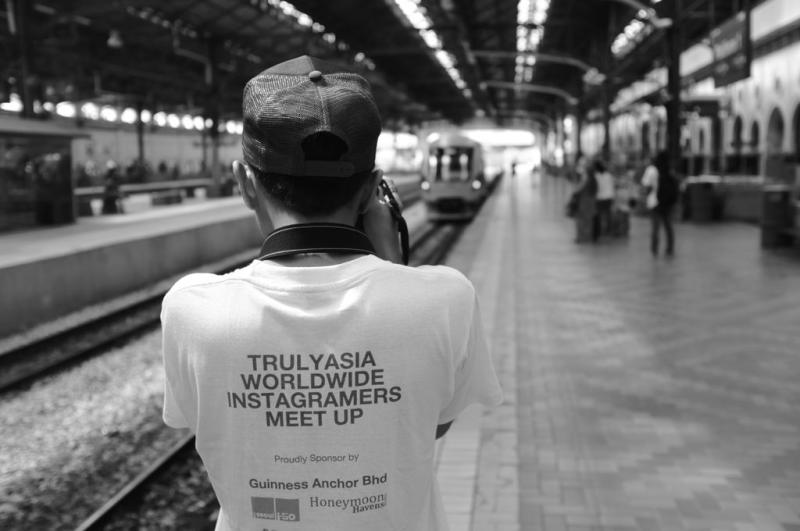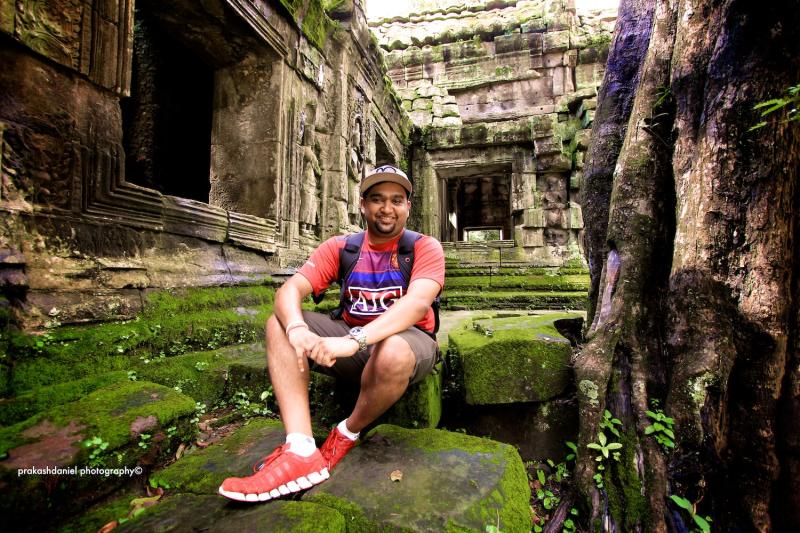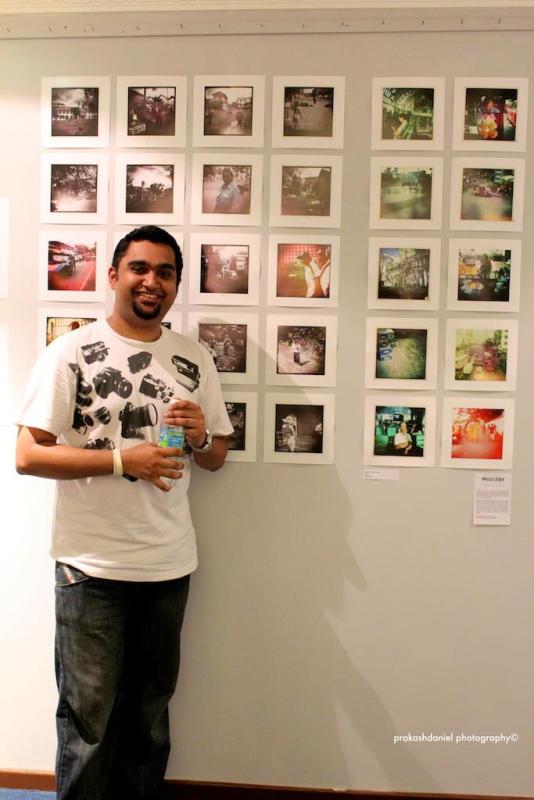By KEVIN TAN
IF you see a square-ish photograph on your Facebook or Twitter timeline, taken recently but with some old school vibe on it, you’re most likely looking at an Instagram picture.
Instagram is a photo-sharing application and a social networking site that now has more than 100,000 million registered users from all around the world.
The application allows people to take photos via mobile devices (such as smartphones or tablets), edit the pictures using various “effects” and immediately share it with other people.
Although it has been around since 2010, Instagram is only slowly gaining popularity in Malaysia now.
In March 2011, a few Instagram enthusiasts – or Instagrammers, if you please – from different countries decided to start a community for themselves, the self-proclaimed “Instagram addicts”.
The group, by the name of Gang Family (GF), is a worldwide community that includes Instagrammers from 32 countries, including Malaysia.
Just last weekend, Gang Family held its third edition of their Worldwide Instagrammers Meet-Up, which took place in Kuala Lumpur.
The TrulyAsia Worldwide Instagrammers Meet-Up 2012 was also Malaysia’s first Instameet (that’s how they refer to the meet-ups) as they gathered participants from Singapore, Indonesia, Brunei, Britain and Japan.
“There’s a lot more to Instagram than we think. Instagram is not just about taking pictures; it can be more than that,” said GF Malaysia founder Ronan Tan, 28.
Taus Uddin from UK, one of the co-founders who started Gang Family said that the connection between the people on Instagram was what started the community.
“Instead of just looking at people’s photos or giving comments, what if we could know the people behind those photos more?
“Although Instagram is about social photography, this creates an opportunity for people to know each other better, and by meeting people from different countries, it also lets them explore the world,” said Taus.
Initially, Instagram was only accessible via mobile devices but that changed when Instagrammer Joe Mio came up with Webstagram.
Mio, 28, who hails from Japan but now resides in Singapore, said that with Webstagram, people can also access their Instagram accounts on computers.
According to Webstagram’s marketing manager, Siegrid Saldana, 25, the website has the same functions as Instagram, but with more features. It allows users to browse, search, and communicate with one another easily.
Users are able to log in to the website using their existing Instagram usernames. To date, Webstagram.com has up to 190 million page views per month, which records the most traffic compared to other websites dedicated to Instagram.
With a hundred million people on a single photo-sharing network, it’s capabilities to spread and share information should not be overlooked.
The recent catastrophe that struck New York City is one of the best examples of how this application can be used for citizen journalism.
Instagram was reportedly used as one of the main news sources, besides television, with people giving and receiving “live” updates on Hurricane Sandy.
According to Forbes.com, there were over 300,000 photos shared on Instagram using the hashtag #sandy, more than 183,000 photos under #hurricanesandy, 27,600 photos tagged under #frankenstorm, and 1,500 on #huricanesandy (for those who were too lazy to spell “hurricane” with two “r”s).
In the same article, Instagram CEO Kevin Systrom stated that, “There are now 10 pictures per second being posted with the hashtag #sandy, most are images of people prepping for the storm and images of scenes outdoors. I think this demonstrates how Instagram is quickly becoming a useful tool to see the world as it happens, especially for important world events like this.”
Tan acknowledges the potential Instagram has as a news generator, but finds that the usage of the programme as a community is still at its infant stage in Malaysia.
“Compared to other Asian countries, Malaysia does not have as many Instagram users and there is not much awareness as well,” he pointed out.
Is photography dead?
Freelance photographer Prakash Daniel, 30, who is also an active Instagrammer, enjoys taking photos with a mobile phone as much as with a camera. “Instagram is a good application, and it works fast. As a photographer, I can find a lot of ways to compose my photos with Instagram,” he said.
“In general, even if some people are not photoraphers, they already think they are when they start snapping photos with Instagram,” he said with a laugh.
However, Prakash gave the example of Damon Winters, a professional photographer with The New York Times, who won third place in Pictures of the Year International’s Feature Picture Story in 2010 for his photo essay, A Grunt’s Life.
Winters used his smartphone to capture the daily life of the United States military troops in a warzone.
Despite heavy backlash from other conventional photographers, the New York based shooter is still using Instagram photos for news publishing.
Inspired, Prakash and his friend, Zam Nayan, formed a group called TinPix, a mobile photography group based in KL to promote photography with mobile devices.
“We started the group in 2011 after attending some photography exhibitions and wondered ‘Wouldn’t it be cool if we gathered all mophogs (mobile photographers) and had an exhibition too?’,” said Zam, a graphic designer and filmmaker.
“The purpose of the group and exhibition is to gather all mobile/smartphone photographers and share their work not only on social media, but ‘offline’ as well through exhibitions, photowalks and interactive workshops.”
Zam believes that mobile photography is the future and Instagram has given power to anyone with mobile devices to take photos and share them.
“Some Instagrammers have their work published for commercial clients on magazines, billboards and even music videos. It’s ‘photography democratised’ as I would put it.”
Prakash also did a series of street photography recently by just using his phone camera while he was in Bangkok, Jakarta, and India.
“Sometimes, you don’t even need a big camera to get good pictures,” Prakash exclaimed. “When you carry a big camera around, especially in public, people get intimidated or scared when you point (it) at them, but when you just snap a photo with your phone, it feels very natural.
“Camera equipment can be heavy and troublesome to carry around too. It’s so easily done with a phone.”
Nevertheless, Prakash disagrees with the notion that people could learn “proper” photography just from using Instagram.
“It’s (Instagram) just not the real thing. There are many things to learn about photography such as ISO, apperture, shutter speed,” he said.
Another professional photographer who frequently uses Instagram is Anna-Rina Ibrahim, who posts about six to eight photos a day on the social media site.
“Instagram has made people more conscious about how they take a shot. Instead of just snapping photos, people would think more about the composition of the shot.”
She said that Instagram teaches people about photography to a certain extent. “At the end of the day, the medium is just a tool, it’s how you use it which matters.”










Tell us what you think!